🛠️ Building My Own Headphone Amp
July 23rd, 2016
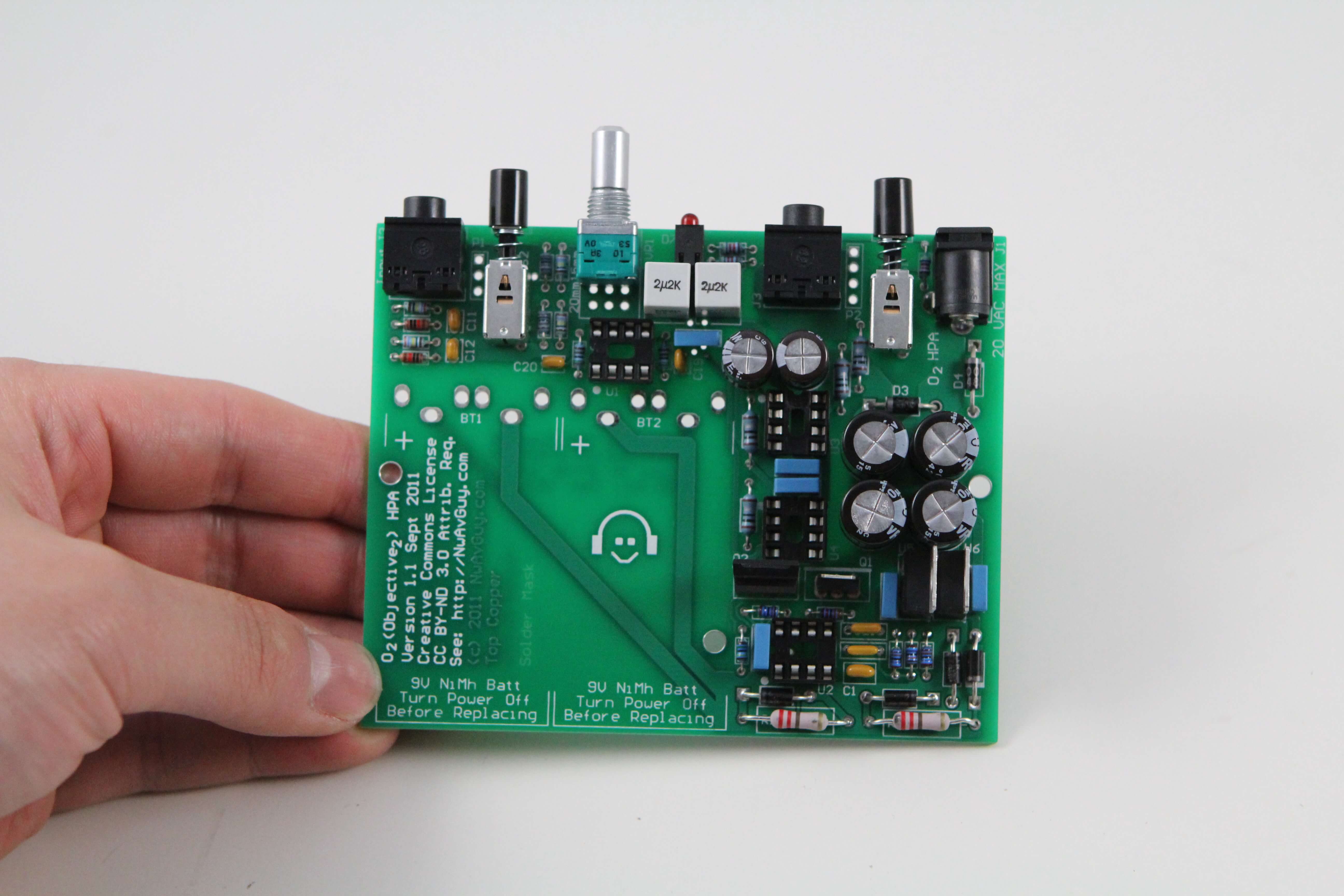 The finished Objective2 headphone amp
The finished Objective2 headphone amp
As a music enthusiast, I've always been in the pursuit of the best sound replication devices. As I researched more and more about headphones and the amazing world of sound replication, I kept reading about these things called amps and DACs (digital-to-analag converters). For a long time, I simply ignored those terms as I felt that they were too advanced for the average Joe. They seemed too complicated and only for the professional studio recorders or niche audiophile market. Some people are fine with their Apple Earpods, but seeing how much I enjoyed listening to music, I decided to further delve into this world of sound reproductions.
Table of Contents
Why
In order to play music, one must have an amp. Each computer and device that is able to play music have a built-in amp in the housing of the device. However, if you plan to use higher-fidelity earphones that have a higher output impendence (32ohms), then an external amp would be useful if not necessary to increase the volume without unnecessary distortion. As you may know, increasing the volume to high levels will not only cause damage to the headphones but will also cause enormous distortion. A good amp not only provides sufficient power to increase the volume of the sound but also do so without losing noticeable sound quality. An external headphone amp offers more space that can provide better circuitry and a stronger power supply.
Headphones such as the Sennheiser HD 600 and HD 800 have output impedances of 300 ohms. In order to properly drive these, you will need an amp. Without an amp, the sound even at the highest volume on your laptop will sound weak and the highs and lows will be greatly lacking. Many bass sounds with low frequencies may not be heard at all. Other earphones such as the Earpods or convenience store headphones have very low output impedances 32 so they appear to be very loud even when only driven by your laptop or phone. Most headphones under $100 will not require an amp as they are meant for the average consumer who only cares about providing sound and not high-quality playback. Many people who ended up trying a better pair of headphones with an external amp have repeatedly said that it was like listening to a different song. They notice many sounds and background instruments that they have never heard before. And the best thing about this is that you don't need a special pair of ears or training to hear the difference.
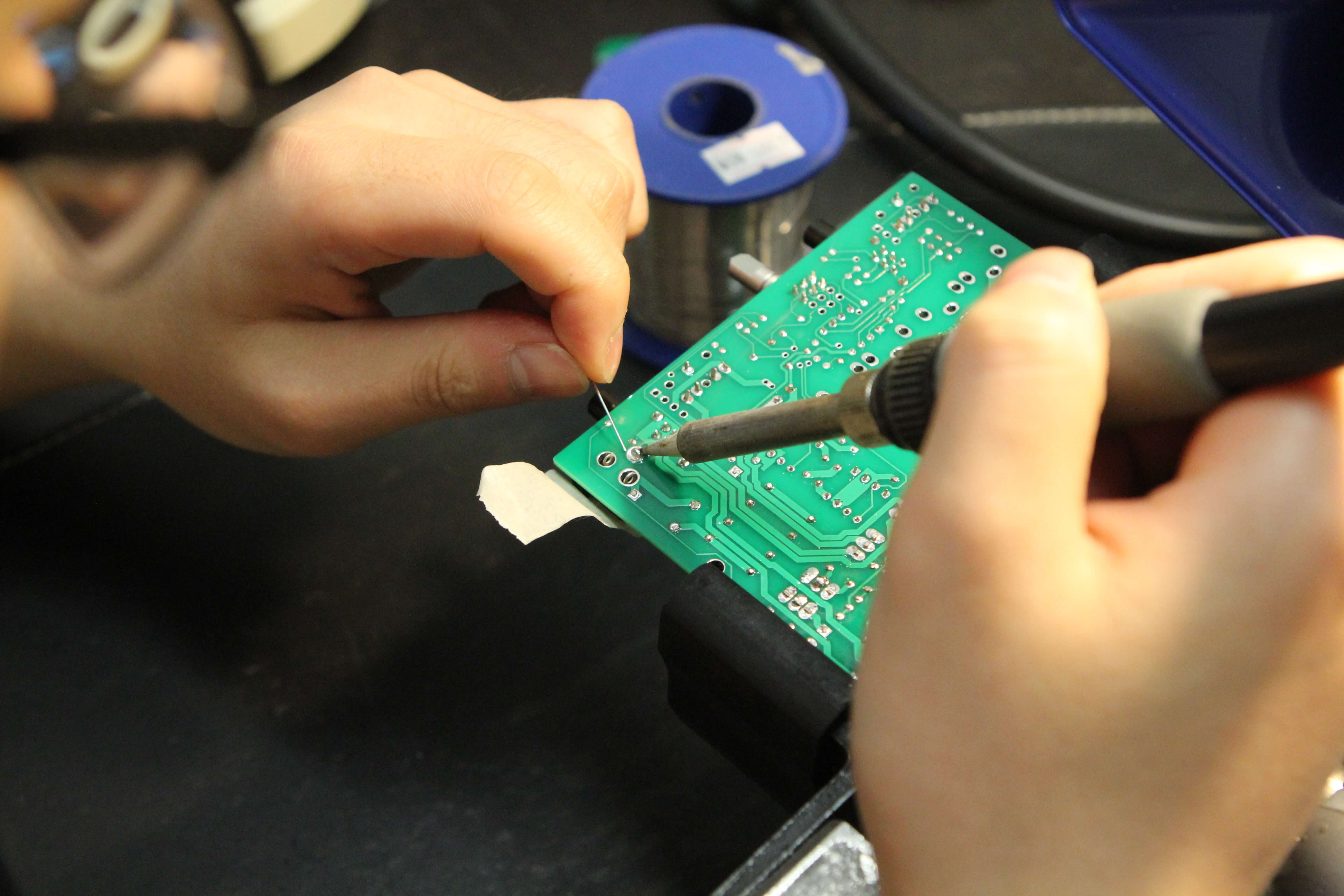
What
What is so good about the Objective2?
The story: NwAvGuy is an engineer who is also very interested in audio. He searched and searched for the perfect headphone amplifier but couldn't find one. He wanted an amp quiet enough you could use it with the most sensitive in-ear monitors but also powerful enough to drive a full-size can with 600-ohm impedance as well as magnetic-planar models. He also wanted an amp that had a low enough output impedance as to prevent frequency response and bass damping problems. And on top of that, it should be portable powered by DC and also be able to be powered through an AC wall adapter. He wasn't able to find one, so he decided to make his own and make it affordable as well. And as it turns out, if you cut the cost from marketing and unnecessary bling to make it look expensive but have subpar performance, you can create not only an affordable amp but an amp that is portable and offers the best sound quality that compares to the $1600 Benchmark DAC1 Pre in a listening comparison.
The DAC1 is something of a favorite in the audiophile headphone community. A lot of subjective critics, and those who have measured it, really love it. So it’s all the more satisfying nobody has yet been able to tell the O2 from the DAC1’s headphone amp. Source
First off, how do you compare amps? There are so many factors to compare so how can I possibly state that the objective 2 is the best amp? Aren't things like this subjective rather than "objective"? Let me restate: the objective 2 is the best amp under the $500 range in every objective category for only a fifth of that price. Yeah, you heard me, that's $100. I got mine for $59 by building it myself by purchasing the DIY kit. You can even buy the components yourself and assemble it for about $30. Now you're going to ask me, how can an amp that is made using $30 of components possibly compare to a $500 state-of-the-art amp??
If you are just after reviews, you can take a look at this.
Head-fi is a site dedicated to audiophiles and reviews of what they call "head gear" which includes earphones, headphones, amplifiers, DACs, and all sorts of other music-listening peripherals. It is rated the #1 desktop amp with 100% positive reviews. Mind you, the reviewers on this site are all obsessed with music fidelity so they are not your average amazon customer who doesn't know what they are getting at. Some of these reviews go into the extreme depth that includes a breakdown of the amp to even its bare circuit design. The sounds are described with terms such as "bright" "decent texture" and "well-extended with no roll-off" Many of these reviewers have been testing audio equipment for years and own many pairs of high-quality headphones.
If you are, however, after the solid facts, below I have included the evidence that tests and compares the technicalities of various amps that range up to $450.
http://nwavguy.blogspot.com/2011/07/o2-headphone-amp.html#measurements
How
How did I build the Objective2? Now this is the fun part.
Now that I've convinced you to buy the Objective2, you must be asking: where can I get one? Here you can buy it completely assembled and enclosed in an anodized and fully polished enclosure for $129. It is also customizable for different outputs such as for different countries or 3.5mm headphone jack to 6.35mm (1/4in) headphone jack.
Additionally, there is a refurbished version for $99.
If you find $129 a bit too expensive to throw down for an amp, then I suggest the DIY option. For just $59, you can purchase a DIY kit that contains all of the components to build the amp. Soldering required.
($59) DIY Kit
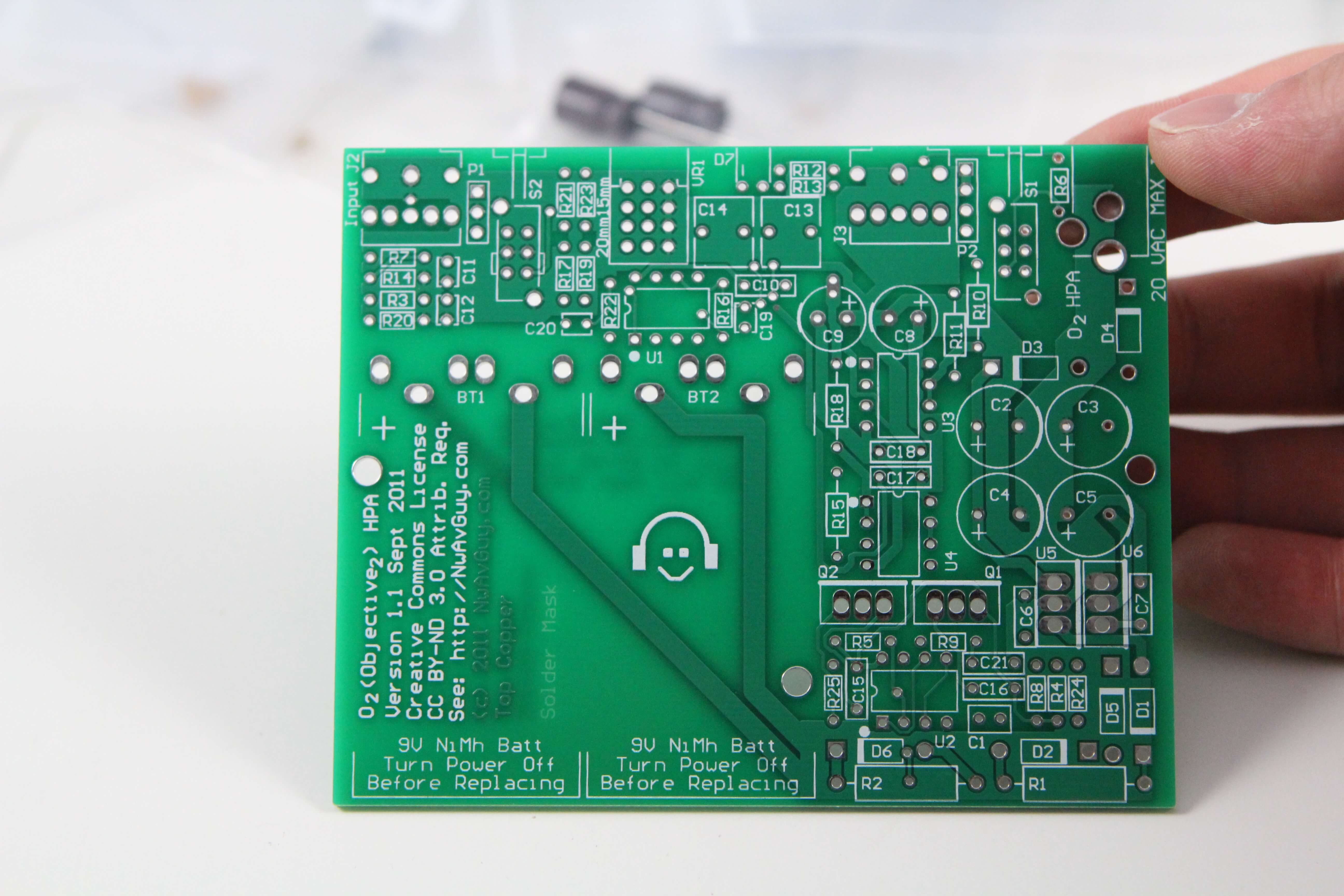
- ($9) 2 9V batteries
or/and - ($12.99) 15V AC Power Adapter
The only con about this DIY is that there is no enclosure. If you wish you can 3D print one or order the enclosure from the website as well.
-
($12.99) Top/side enclosure
-
($9.99) Front panel
-
($9.99) Rear plate
for $99, you can get your own amp!
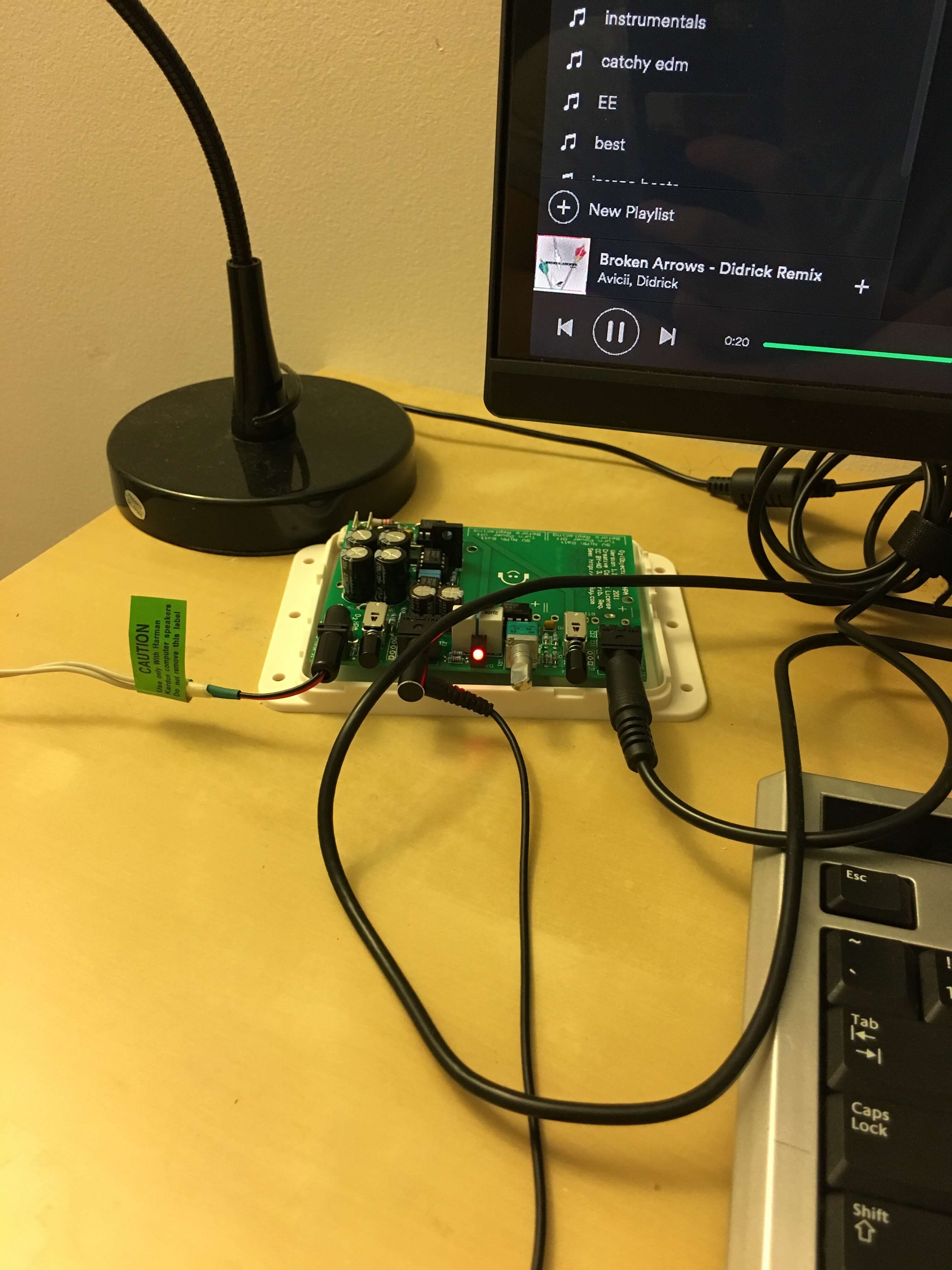
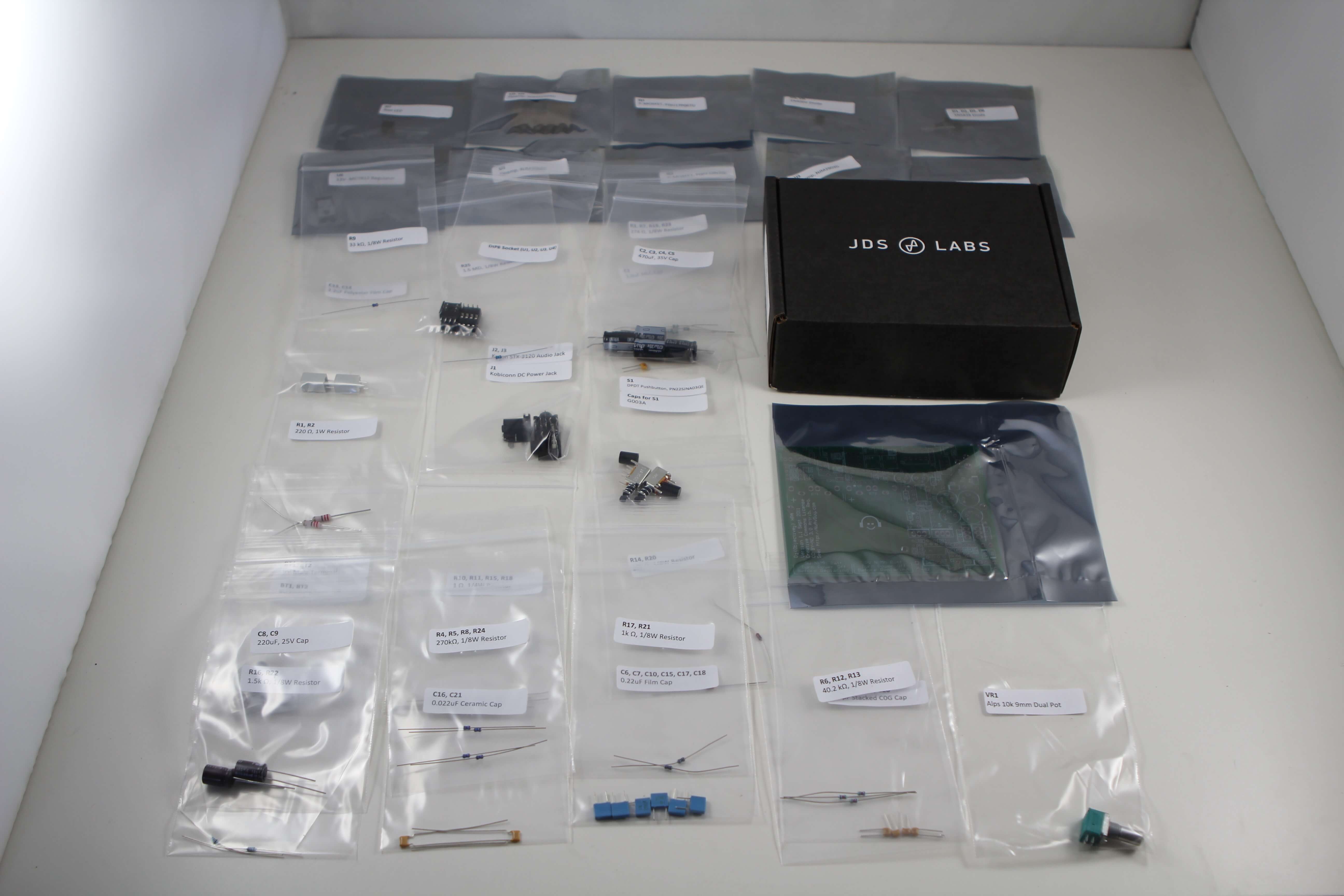 The DIY kit
The DIY kit
Thanks Rui Wang @ Rays Hobby